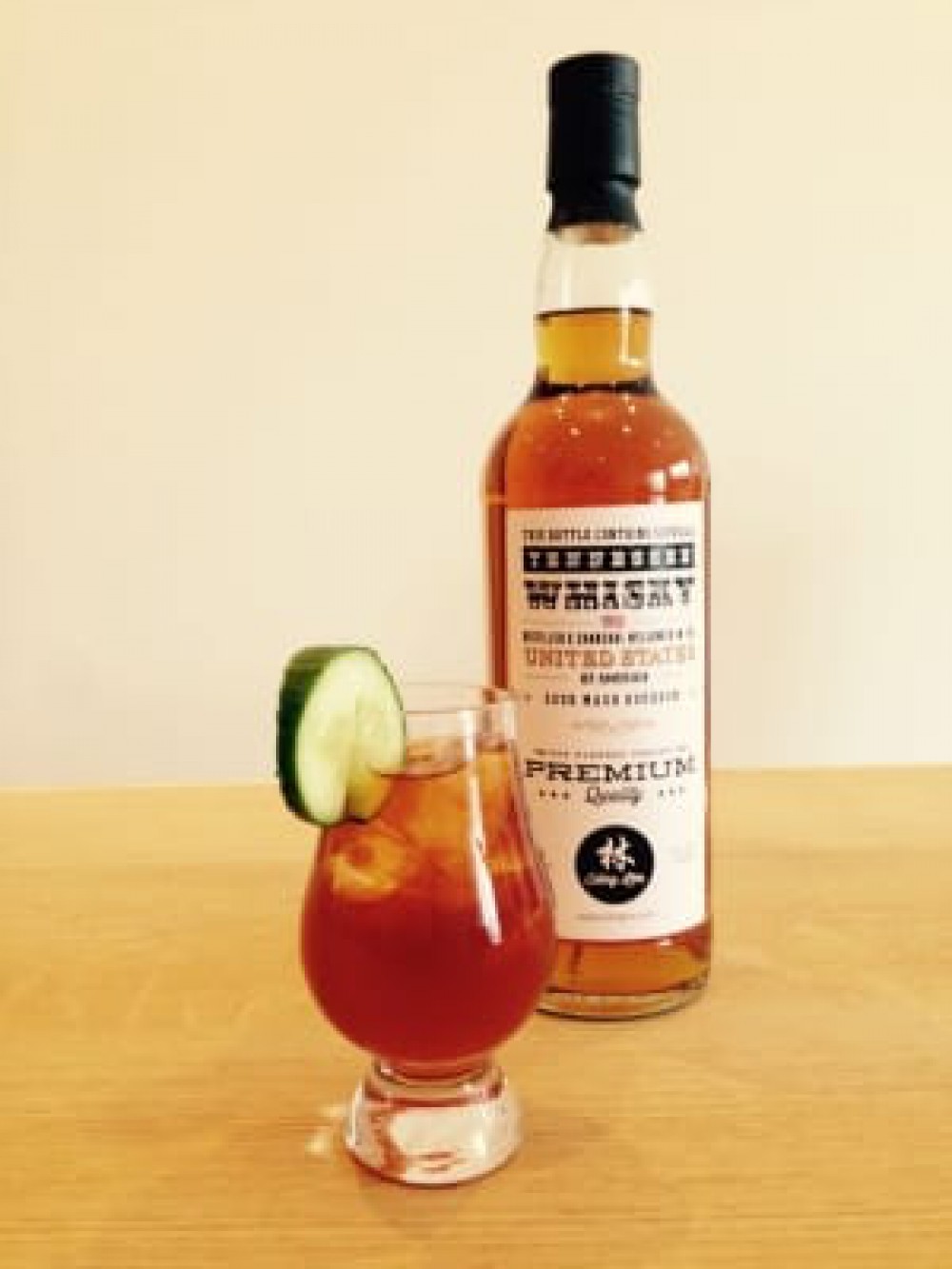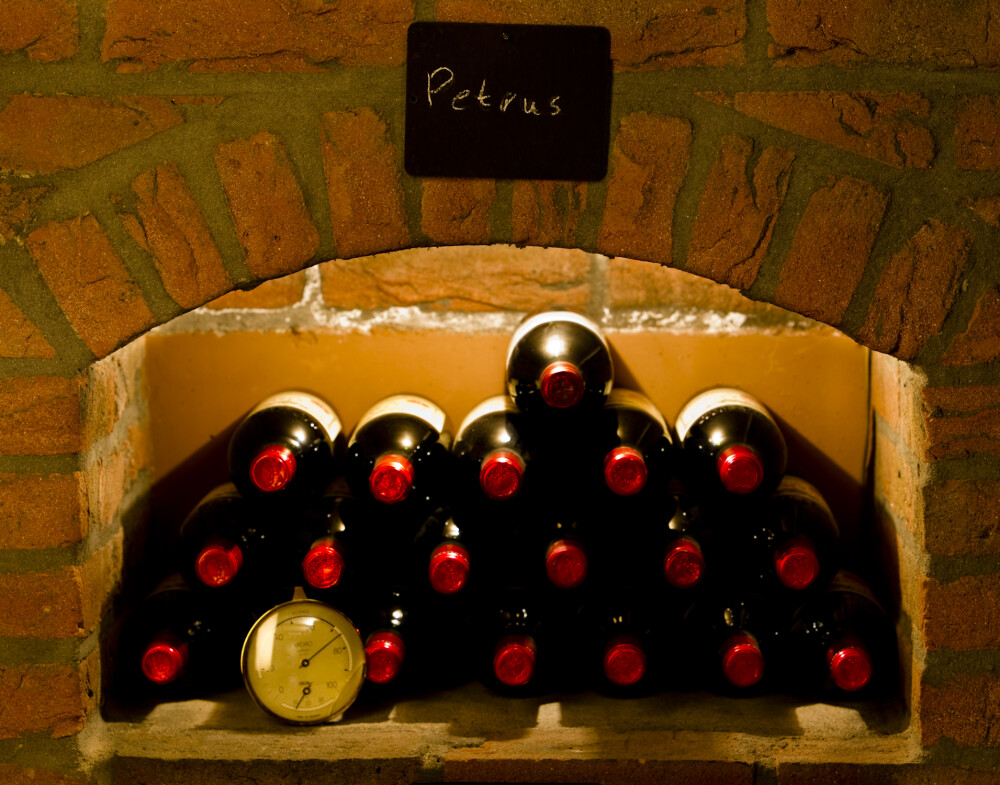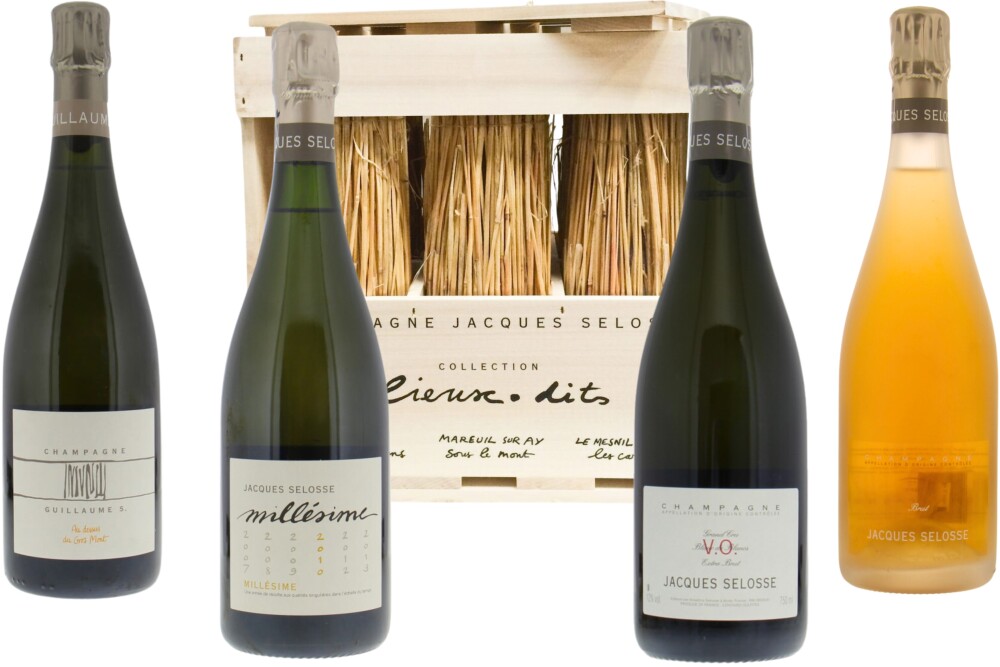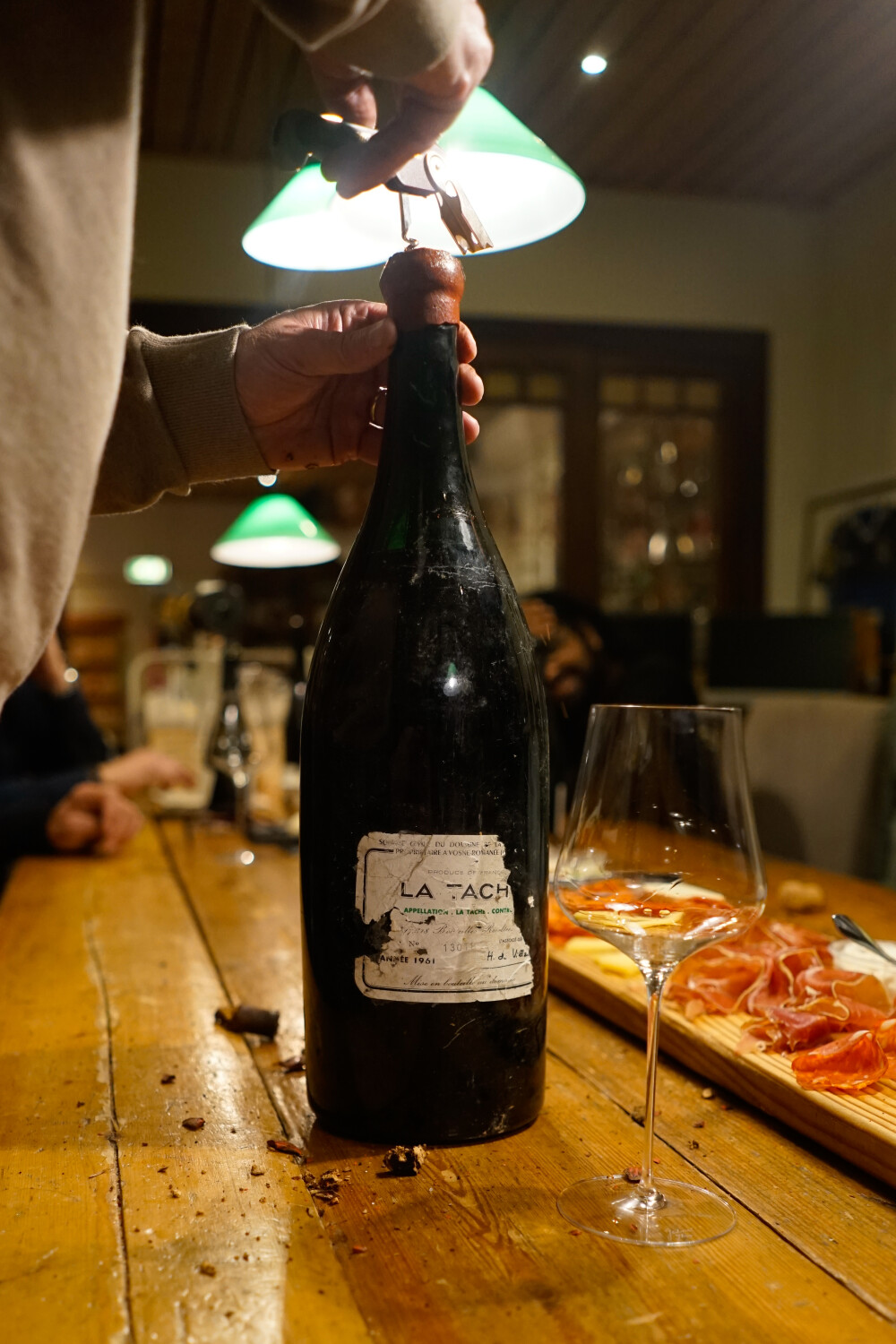A bit of cocktail history
Cocktails have seen an increase in popularity these last few years. We see more and more quality cocktailbars and bartenders.## The thing is, cocktails are usually regarded as these fruity, umbrella-bearing longdrink-style drinks. These cocktails are friendly, approachable, sweet and relatively low in alcohol.
Luckily (for me, in any case), we’re seeing a shift in this perception. People are looking for quality, flavour, stories and a real experience. This means you’ll be looking at old-fashioned (pun intended) or classic cocktails. Many of these classic cocktails are gin- or whisky based. American Bartenders brought many great cocktails and talent to Europe during the Prohibition era. This means the first half of the 20th century was a golden age for cocktails. After the war though, cocktails were forgotten and (d)evolved to sweet, fruit-forward drinks. Vodka became massively popular, but as you probably know; Vodka doesn’t necessarily have what we call ‘flavour’. Don’t get me wrong, there are great, smooth vodkas out there, but these vodkas are just not what we are looking for in vintage cocktails.
Your home bar
In this post we’ll be revisiting some great whisky-based vintage cocktails. Great thing about these cocktails is that you won’t need a full stocked home bar and that you can make many ingredients yourself.
Make sure you have at least these tools at home:
- Shaker (boston shaker will do, make sure it is large)
- Strainer (Hawthorne or Julep)
- Martini glass or Coupe glass
Many classic cocktails call for the same ingredients, so you’ll be well of buying the following things:
- Angostura Bitters
- Orange Bitters
- Rye Whiskey (Millstone Rye or Few Rye are good choices, but remember: higher proof is always better)
- Peated Scotch (go for something heavily peated like Ledaig 10 yo of The Peat Monster by Compass Box)
- Blended Scotch (Black Bottle will do. But you can use any other quality blend)
- Sweet Vermouth
- Dry Vermouth
And finally, some syrups and garnishes:
- Simple syrup: 1:1 sugar and water. Throw them together and heat slowly till all sugar is dissolved.
- Ginger syrup: 1 big ginger-root (chopped to bits) to 500 ml of water and 500 ml sugar. Heat, dissolve, strain.
- Honey syrup: 1:1 honey and water. Heat and dissolve.
Of course you can buy all these syrups ready-made. Try Monin for the biggest range. For garnish, sure, you can go crazy. But many classic cocktails call for lemon zest or orange zest.
Vintage whisky cocktails
Allright, on to the real deal. Cocktails. I’ll be giving you 4 classic-style whisky cocktails to start off with.
The Manhattan
It just doesn’t get any more classic than this. Invented somewhere in the early 20th century in New York. There is quite a bit of dispute as to who really invented it. Some say it was invented in the Manhattan club, others claim it was invented by a bartender called Black. Whatever the history, it is the king of Vermouth cocktails, followed by the world famous Martini and the Scotch based Rob Roy.
How to make the Manhattan:
6 cl of quality Rye or Bourbon whiskey
3 cl of quality Sweet Vermouth
3 dashes of aromatic (angostura) bitters
Chill your glass with ice. In a mixing glass, add all the ingredients over ice. Stir until really cool and slightly diluted. Discard ice from cocktail glass and strain the manhattan into the glass. Garnish with an orange peel or some real maraschino cherries.
A Rob Roy basically uses the same ingredients, only you replace the Rye whiskey with a scotch. Use a slightly smokey scotch for a real men’s cocktail.
If you have orange bitters, you can use those instead of standard bitters. Make sure to garnish with something other than orange though.
Rusty Nail
One of the easiest cocktails you can make and a favorite among the infamous ‘Rat Pack’ in the 60’s. You just can’t go wrong with this heart-warming cocktail. Again, a cocktail that found it’s origins somewhere in Manhattan and found it’s way into cocktail hall of fame after being endorsed by the Drambuie Liqueur company.
How to make the Rusty Nail:
4,5 cl of Blended Scotch
2,5 cl of Whisky liqueur
Add both ingredients into a highball or tumbler over crushed ice. Stir well and garnish with a lemon peel. Easy as that! Classic rusty nails call for Drambuie, but you can also use a little fresher liqueur like Atholl Brose.
You can also make a smokey nail. Replace your blended scotch with something peaty like an Ardbeg of Benromach Peat Smoke.
The Blinker
Another boozy cocktail named after these things horses wear other head to keep their eyes on the road. You do the math…
How to make the Blinker:
6 cl of Rye whiskey
3 cl of grapefruit juice (press it yourself)
2 teaspoons of raspberry syrup of Grenadine
Add all ingredients over ice to a shaker. Shake well and strain into a martini glass. Garnish with a lemon twist.
Penicillin
One of my favorites. Especially when the cold season is upon us again. A little more effort goes in this drink, but it is well worth it. This recipe calls for honey/ginger syrup. You can either mix the two syrups separately or you can make it by heating up equal parts of honey and water with some ginger slices until spicy/weet.
How to make the Penicillin:
6 cl of blended Scotch
1 cl of Peated scotch
2 cl of lemon juice
2 cl of honey/ginger syrup
To make the Penicillin, combine all ingredients (except for the peated Scotch) in a shaker, shake well and strain into a cooled Tumbler or highball glass, float your peated Scotch over the top. Use the pack of a spoon to gently pour the peated whisky over the top of your drink. Garnish with a piece of candied ginger.
There you have it! A few pretty decent whisk(e)y cocktails. Try all of these together with your friends. Experiment, get it right, tweak and make it your own. But whatever you do, make sure to use quality ingredients!
Cheers,
Werner Bos




